Home>Gardening & Outdoor>Landscaping Ideas>Why Grass Lawns Are Bad
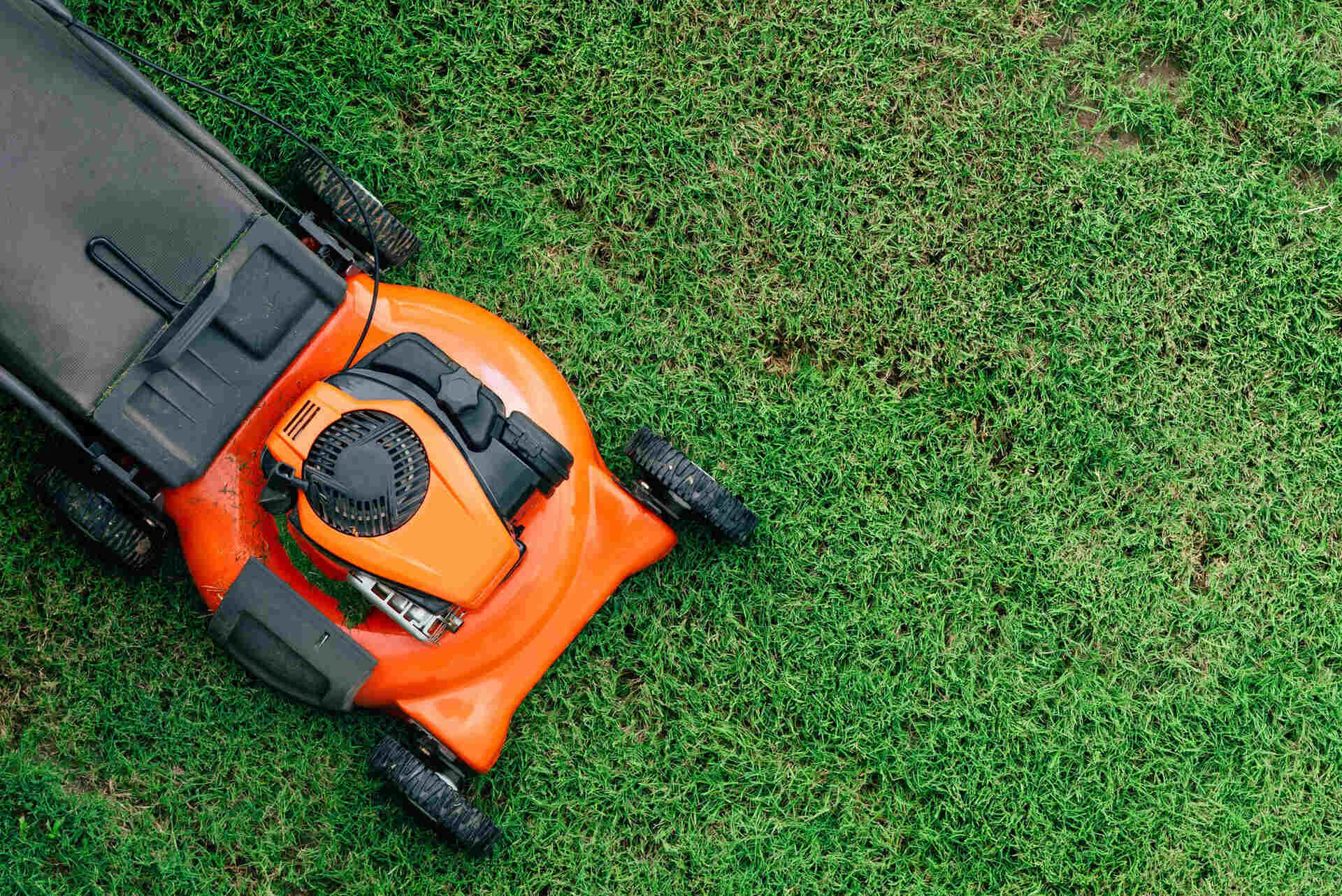

Landscaping Ideas
Why Grass Lawns Are Bad
Modified: January 9, 2024
Discover why grass lawns may not be the best landscaping idea and explore alternative landscaping ideas for a more sustainable and eco-friendly outdoor space. Learn about the negative impacts of traditional lawns and find innovative landscaping solutions.
(Many of the links in this article redirect to a specific reviewed product. Your purchase of these products through affiliate links helps to generate commission for Storables.com, at no extra cost. Learn more)
Environmental Impact of Traditional Grass Lawns
Introduction
Traditional grass lawns have long been a staple of residential landscapes, adorning the front yards of homes across the country. However, the environmental impact of these ubiquitous lawns is often overlooked. While they may contribute to the aesthetic appeal of neighborhoods, the maintenance and cultivation of grass lawns can have detrimental effects on the environment. In this article, we will explore the various ways in which traditional grass lawns can negatively impact the environment and consider alternative landscaping options that are more sustainable and eco-friendly.
As we delve into the environmental implications of traditional grass lawns, it is important to recognize that our landscaping choices have far-reaching consequences. From water usage and chemical inputs to biodiversity loss and air pollution, the environmental footprint of maintaining a conventional grass lawn is substantial. By understanding these impacts, homeowners and landscapers can make informed decisions about their outdoor spaces and embrace landscaping practices that promote environmental sustainability.
In the following sections, we will examine the environmental impact of traditional grass lawns in detail, shedding light on the challenges they pose to the natural world. We will also explore alternative landscaping options that offer both aesthetic appeal and environmental benefits. By considering the broader environmental implications of our landscaping choices, we can work towards creating outdoor spaces that are not only visually appealing but also harmonious with the surrounding ecosystem.
Key Takeaways:
- Traditional grass lawns have a big impact on the environment, using lots of water and harmful chemicals. But there are eco-friendly alternatives like native plant gardens and organic lawn care to help the planet.
- By choosing sustainable landscaping options like drought-tolerant plants and electric lawn equipment, homeowners can create beautiful outdoor spaces while protecting the environment and supporting biodiversity.
Read more: Why Are Grass Lawns Bad For The Environment
Environmental Impact
Traditional grass lawns have a significant environmental impact, affecting various aspects of the ecosystem. Understanding these impacts is crucial for making informed decisions about landscaping practices. Let’s delve into the environmental implications of maintaining conventional grass lawns.
Water Usage
One of the most pressing environmental concerns associated with traditional grass lawns is their substantial water consumption. In many regions, maintaining lush, green lawns requires frequent watering, especially during dry periods. This high demand for water can strain local water supplies and exacerbate water scarcity, particularly in areas prone to drought. Additionally, the energy-intensive nature of irrigation systems adds to the environmental cost of maintaining traditional grass lawns.
Chemical Use
Another environmental issue linked to conventional grass lawns is the reliance on chemical inputs such as fertilizers, herbicides, and pesticides. These substances can leach into the soil and find their way into waterways, posing risks to aquatic ecosystems and wildlife. Furthermore, the runoff of lawn chemicals can contribute to water pollution and have detrimental effects on overall environmental health. Reducing the use of these chemicals is essential for mitigating their environmental impact.
Biodiversity Loss
Traditional grass lawns, with their uniform expanses of grass, often contribute to biodiversity loss by displacing native plant species and disrupting natural habitats. This can have cascading effects on local ecosystems, impacting pollinators, birds, and other wildlife that depend on diverse plant communities for food and shelter. Embracing landscaping practices that support biodiversity is crucial for preserving the ecological balance in residential areas.
Read more: How To Get Rid Of Bad Grass In Lawn
Air Pollution
The maintenance of traditional grass lawns, including mowing and the use of gas-powered lawn equipment, contributes to air pollution. Emissions from lawnmowers and other landscaping machinery release pollutants into the atmosphere, contributing to air quality issues. Additionally, the carbon footprint associated with the production and transportation of lawn care equipment and inputs adds to the environmental impact of traditional grass lawns.
By recognizing the environmental impact of traditional grass lawns, homeowners and landscapers can explore alternative landscaping options that offer both aesthetic appeal and environmental benefits. In the following sections, we will delve into these alternatives, highlighting sustainable landscaping practices that promote environmental stewardship and support the health of the planet.
Water Usage
Water is a precious resource, and the excessive water usage associated with traditional grass lawns raises significant environmental concerns. Maintaining a lush, green lawn often demands substantial irrigation, especially in regions with limited rainfall or arid climates. This high demand for water not only places stress on local water supplies but also contributes to water scarcity, particularly during dry periods.
Traditional grass lawns are typically composed of thirsty grass species that require frequent watering to thrive. Homeowners may resort to automatic sprinkler systems or manual watering routines to ensure that their lawns remain verdant throughout the year. However, the cumulative effect of widespread lawn irrigation can strain water resources, leading to environmental imbalances and ecological stress.
Furthermore, the energy-intensive nature of irrigation systems, especially those powered by electric pumps or gasoline-driven machinery, adds to the environmental cost of maintaining traditional grass lawns. The energy expended in pumping and distributing water for lawn irrigation contributes to carbon emissions and exacerbates the ecological footprint of conventional landscaping practices.
To address the environmental impact of water usage in traditional grass lawns, homeowners and landscapers can explore sustainable alternatives that reduce reliance on irrigation and promote water conservation. This may involve transitioning to low-water landscaping designs that incorporate drought-tolerant plants, mulching techniques, and efficient irrigation systems such as drip irrigation. By embracing water-wise landscaping practices, individuals can minimize the environmental strain associated with lawn irrigation while creating visually appealing outdoor spaces that harmonize with the natural environment.
By recognizing the environmental impact of traditional grass lawns, homeowners and landscapers can take proactive steps to mitigate water usage and promote sustainable landscaping practices. In the following sections, we will further explore alternative landscaping options that prioritize water conservation and environmental stewardship, offering insights into eco-friendly approaches to outdoor beautification.
Chemical Use
The reliance on chemical inputs in the maintenance of traditional grass lawns poses significant environmental challenges, impacting soil health, water quality, and overall ecosystem integrity. Fertilizers, herbicides, and pesticides are commonly used to nourish, protect, and enhance the appearance of conventional lawns. However, the widespread application of these chemicals can have far-reaching environmental consequences.
One of the primary concerns associated with chemical use in lawn care is the potential for water contamination. When synthetic fertilizers and pesticides are applied to grass lawns, rain and irrigation can cause these substances to leach into the soil and eventually reach waterways, including streams, rivers, and lakes. This can lead to water pollution, harming aquatic life and disrupting fragile ecosystems. Additionally, the accumulation of lawn chemicals in the environment can have long-term effects on soil fertility and biodiversity.
Furthermore, the use of herbicides and pesticides on traditional grass lawns can have adverse impacts on non-target organisms, including beneficial insects, soil microorganisms, and wildlife. Pollinators, such as bees and butterflies, may be harmed by the presence of chemical residues in the environment, contributing to the decline of essential pollinator populations. This can have cascading effects on plant reproduction and ecosystem dynamics.
To address the environmental impact of chemical use in lawn care, homeowners and landscapers can adopt organic and sustainable approaches to nurturing their outdoor spaces. This may involve utilizing natural fertilizers, such as compost and organic soil amendments, to support soil health and plant growth. Integrated pest management techniques can be employed to minimize the reliance on synthetic pesticides, promoting biological control and natural predator-prey relationships in the garden ecosystem.
By reducing the use of synthetic chemicals and embracing organic lawn care practices, individuals can contribute to a healthier and more balanced environment. Sustainable landscaping approaches that prioritize soil health, biodiversity, and ecological resilience offer a pathway to creating vibrant outdoor spaces while minimizing the environmental impact of traditional grass lawns. In the subsequent sections, we will delve into alternative landscaping options that promote eco-friendly lawn care and support the well-being of the planet.
Biodiversity Loss
The cultivation of traditional grass lawns often contributes to biodiversity loss, diminishing the ecological richness and resilience of residential landscapes. The uniform expanses of grass, devoid of diverse plant species, can disrupt natural habitats and displace native flora and fauna, leading to a reduction in overall biodiversity.
Native plant species play a critical role in supporting local ecosystems, providing food and shelter for a wide range of organisms, including pollinators, birds, and beneficial insects. When traditional grass lawns replace diverse, native plant communities, the interconnected web of life in the surrounding environment is disrupted, impacting the ecological balance and diminishing the capacity of the landscape to sustain diverse wildlife populations.
Furthermore, the absence of diverse plant species in traditional grass lawns can limit foraging opportunities for pollinators and other beneficial insects, affecting essential ecological processes such as pollination and natural pest control. This can have cascading effects on the broader ecosystem, influencing plant reproduction, soil health, and the overall resilience of the landscape.
To address the issue of biodiversity loss associated with traditional grass lawns, homeowners and landscapers can embrace landscaping practices that prioritize native plantings, create diverse habitats, and support local wildlife. Incorporating native wildflowers, shrubs, and trees into the landscape can provide valuable resources for pollinators and wildlife, fostering a more biodiverse and ecologically resilient outdoor environment.
Additionally, reducing the size of traditional grass lawns and incorporating naturalized areas or meadows can contribute to biodiversity conservation, providing valuable habitat for native species and enhancing the ecological value of residential landscapes. By promoting biodiversity through intentional landscaping choices, individuals can play a role in supporting the health of local ecosystems and contributing to the preservation of native flora and fauna.
By recognizing the impact of traditional grass lawns on biodiversity, homeowners and landscapers can take proactive steps to create outdoor spaces that support ecological richness and contribute to the well-being of local wildlife. In the subsequent sections, we will explore alternative landscaping options that prioritize biodiversity conservation and offer insights into creating vibrant, ecologically diverse landscapes.
Air Pollution
The maintenance of traditional grass lawns can contribute to air pollution through various mechanisms, impacting environmental quality and human health. The use of gas-powered lawn equipment, such as lawnmowers, leaf blowers, and trimmers, releases pollutants into the atmosphere, contributing to local and regional air quality issues. Additionally, the production and transportation of lawn care equipment and inputs further add to the carbon footprint associated with conventional landscaping practices.
Gasoline-powered lawnmowers and other landscaping machinery emit pollutants such as carbon monoxide, nitrogen oxides, and volatile organic compounds (VOCs) during operation. These emissions can contribute to smog formation and degrade air quality, especially in urban and suburban areas where lawn maintenance activities are prevalent. Prolonged exposure to these pollutants can have adverse effects on respiratory health and overall well-being.
Furthermore, the carbon footprint associated with the production, distribution, and disposal of lawn care equipment and chemical inputs adds to the environmental impact of traditional grass lawns. The energy-intensive nature of manufacturing and transporting these products contributes to greenhouse gas emissions, exacerbating climate change and environmental degradation.
To address the environmental impact of air pollution from lawn maintenance activities, homeowners and landscapers can explore alternative approaches that prioritize sustainability and reduce emissions. Transitioning to electric or battery-powered lawn equipment can significantly mitigate the air pollution associated with traditional gas-powered machinery. Electric mowers, trimmers, and leaf blowers produce zero emissions during operation, offering a cleaner and more environmentally friendly alternative for lawn maintenance.
Additionally, reducing the reliance on chemical inputs and adopting organic lawn care practices can contribute to air quality improvements by minimizing the release of volatile organic compounds and other air pollutants associated with synthetic fertilizers and pesticides. By embracing eco-friendly lawn care practices, individuals can mitigate the environmental impact of traditional grass lawns and promote healthier outdoor environments for both humans and wildlife.
By recognizing the environmental implications of air pollution from traditional grass lawns, homeowners and landscapers can take proactive steps to transition to more sustainable and environmentally friendly landscaping practices. In the subsequent sections, we will delve into alternative landscaping options that prioritize air quality improvements and offer insights into creating outdoor spaces that support environmental well-being.
Health Concerns
The maintenance and cultivation of traditional grass lawns can raise various health concerns, impacting both human well-being and environmental quality. From the potential risks associated with chemical exposure to the physical impacts of lawn care activities, it is important to consider the holistic implications of traditional lawn maintenance practices.
Chemical Exposure
One of the primary health concerns linked to traditional grass lawns is the potential for chemical exposure. The use of synthetic fertilizers, herbicides, and pesticides in lawn care can pose risks to human health, especially during application and in the presence of chemical residues. Direct contact with these substances or inhalation of chemical particles can have adverse effects on respiratory health and overall well-being. Additionally, the runoff of lawn chemicals into waterways can contribute to water pollution, affecting both environmental and human health.
Physical Strain
The physical demands of maintaining traditional grass lawns, including mowing, edging, and other lawn care tasks, can lead to physical strain and potential injuries. The operation of gas-powered lawn equipment, such as lawnmowers and trimmers, can contribute to noise pollution and pose safety risks if not used with caution. Additionally, the repetitive nature of lawn care activities can lead to musculoskeletal issues and physical discomfort, impacting the well-being of individuals responsible for lawn maintenance.
Read more: Why Fake Grass Is Bad
Allergens and Pollutants
The presence of grass pollen, mold spores, and other allergens in traditional grass lawns can exacerbate respiratory conditions and allergies, affecting individuals who are sensitive to environmental pollutants. Furthermore, the emissions from gas-powered lawn equipment, including lawnmowers and leaf blowers, can contribute to localized air pollution, impacting the respiratory health of both residents and outdoor workers.
To address the health concerns associated with traditional grass lawns, homeowners and landscapers can explore alternative landscaping options that prioritize human well-being and environmental stewardship. Transitioning to organic lawn care practices, minimizing the use of synthetic chemicals, and adopting sustainable approaches to landscaping can mitigate the potential health risks associated with traditional lawn maintenance.
Additionally, the use of electric or battery-powered lawn equipment can reduce noise pollution and emissions, contributing to a healthier outdoor environment for both residents and wildlife. By prioritizing human health and well-being in landscaping decisions, individuals can create outdoor spaces that promote a balanced and sustainable coexistence with the natural world.
By recognizing the health concerns associated with traditional grass lawns, homeowners and landscapers can take proactive steps to prioritize human well-being and environmental quality in their landscaping practices. In the subsequent sections, we will explore alternative landscaping options that support human health and offer insights into creating outdoor spaces that foster well-being and sustainability.
Alternative Landscaping Options
Exploring alternative landscaping options offers a pathway to creating visually stunning outdoor spaces that prioritize environmental sustainability, water conservation, biodiversity, and human well-being. By embracing innovative and eco-friendly approaches to landscaping, homeowners and landscapers can minimize the environmental impact of traditional grass lawns while nurturing vibrant and resilient outdoor environments.
Drought-Tolerant Landscaping
Transitioning to drought-tolerant landscaping designs can significantly reduce water usage and promote environmental sustainability. Incorporating native and adaptive plant species that thrive in arid conditions can minimize the need for irrigation, conserving water resources and supporting the resilience of the landscape. Additionally, utilizing mulching techniques and efficient irrigation systems, such as drip irrigation, can further enhance water conservation efforts.
Native Plant Gardens
Creating native plant gardens that showcase regionally appropriate flora can support biodiversity conservation and provide valuable habitat for local wildlife. Native plants are well-adapted to the local climate and soil conditions, requiring minimal water and maintenance once established. By incorporating a diverse array of native wildflowers, grasses, shrubs, and trees, homeowners can cultivate dynamic and ecologically rich landscapes that contribute to the health of the surrounding ecosystem.
Read more: Why Is Turf Grass Bad For The Environment
Organic Lawn Care
Embracing organic lawn care practices, such as natural fertilization, compost application, and integrated pest management, can minimize the environmental impact of chemical use and support soil health. By nourishing lawns and gardens with organic amendments and fostering balanced ecosystems, individuals can create lush and resilient outdoor spaces without relying on synthetic chemicals that pose risks to environmental and human health.
Eco-Friendly Lawn Equipment
Transitioning to electric or battery-powered lawn equipment can reduce emissions, noise pollution, and reliance on fossil fuels. Electric mowers, trimmers, and blowers offer a cleaner and quieter alternative to traditional gas-powered machinery, contributing to improved air quality and a healthier outdoor environment. Additionally, manual lawn care tools, such as reel mowers and hand pruners, provide sustainable options for maintaining outdoor spaces.
Permeable Hardscapes
Incorporating permeable hardscapes, such as permeable pavers and gravel pathways, can mitigate stormwater runoff and support groundwater recharge. These eco-friendly hardscaping solutions allow rainwater to infiltrate the soil, reducing erosion and minimizing the burden on municipal stormwater systems. By integrating permeable surfaces into landscape designs, individuals can contribute to water conservation and sustainable land use practices.
By exploring these alternative landscaping options, homeowners and landscapers can embark on a journey towards creating outdoor spaces that are not only visually captivating but also aligned with principles of environmental stewardship and sustainable living. Through thoughtful and innovative landscaping practices, individuals can play a pivotal role in nurturing landscapes that support biodiversity, conserve water, promote human well-being, and contribute to the health of the planet.
Conclusion
Traditional grass lawns have long been emblematic of residential landscapes, yet their environmental impact raises significant concerns. From excessive water usage and chemical inputs to biodiversity loss and air pollution, the cultivation and maintenance of conventional grass lawns can strain natural resources and disrupt ecological balance. Recognizing these challenges, homeowners and landscapers have the opportunity to embrace alternative landscaping options that prioritize sustainability, water conservation, biodiversity, and human well-being.
By transitioning to drought-tolerant landscaping, native plant gardens, and organic lawn care practices, individuals can minimize the environmental footprint of their outdoor spaces while creating vibrant and resilient landscapes. Embracing eco-friendly lawn equipment and permeable hardscaping solutions further contributes to sustainable land use and environmental stewardship. These alternative landscaping options not only offer aesthetic appeal but also align with principles of environmental sustainability, supporting the health of the planet and the well-being of local ecosystems.
As we envision the future of residential landscapes, it is essential to consider the broader implications of our landscaping choices. By prioritizing water-wise designs, native plantings, and organic lawn care, individuals can foster outdoor environments that harmonize with the natural world, support biodiversity, and mitigate the environmental impact of traditional grass lawns. Additionally, these sustainable landscaping practices contribute to improved air and water quality, reduce carbon emissions, and promote human health and well-being.
Ultimately, the transition to alternative landscaping options represents a proactive step towards creating outdoor spaces that are not only visually captivating but also ecologically conscious and sustainable. By embracing innovative and eco-friendly approaches to landscaping, homeowners and landscapers can play a pivotal role in shaping landscapes that contribute to the health of the planet and the resilience of local ecosystems. Through thoughtful and intentional landscaping practices, we can cultivate outdoor spaces that embody the principles of environmental stewardship, sustainability, and a harmonious coexistence with nature.
Frequently Asked Questions about Why Grass Lawns Are Bad
Was this page helpful?
At Storables.com, we guarantee accurate and reliable information. Our content, validated by Expert Board Contributors, is crafted following stringent Editorial Policies. We're committed to providing you with well-researched, expert-backed insights for all your informational needs.
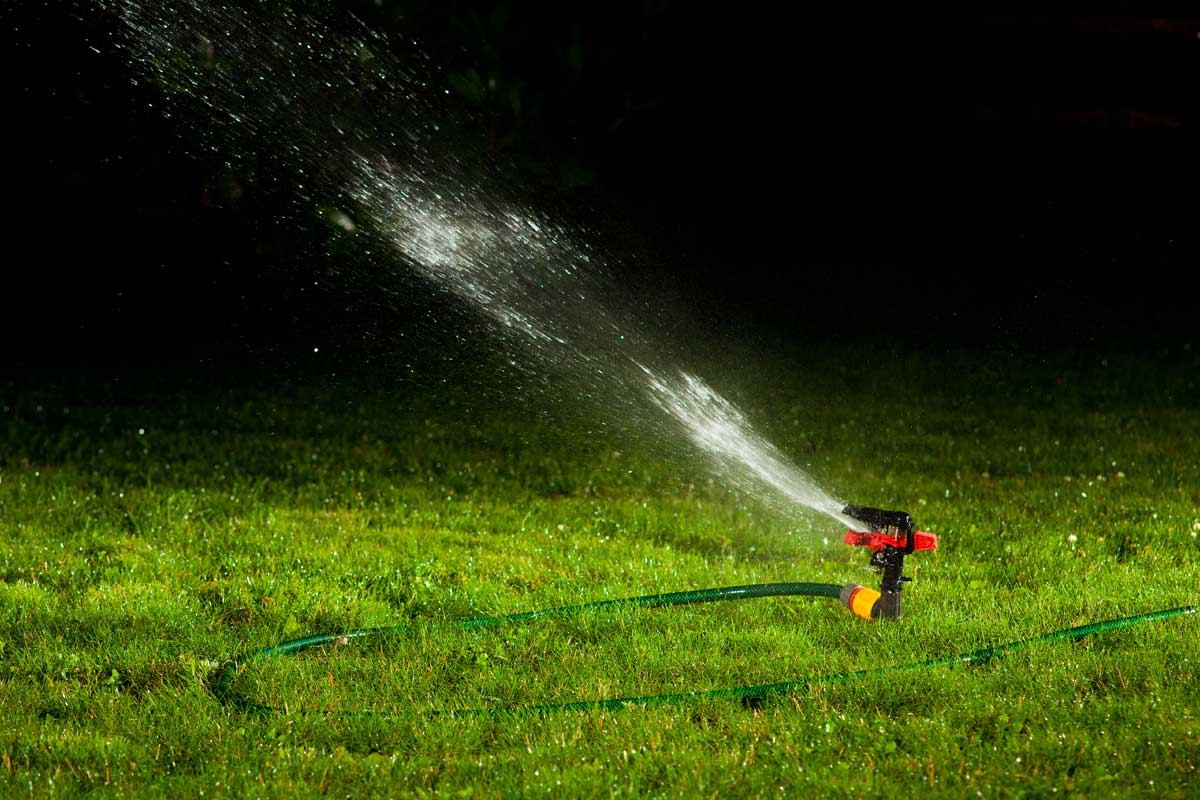
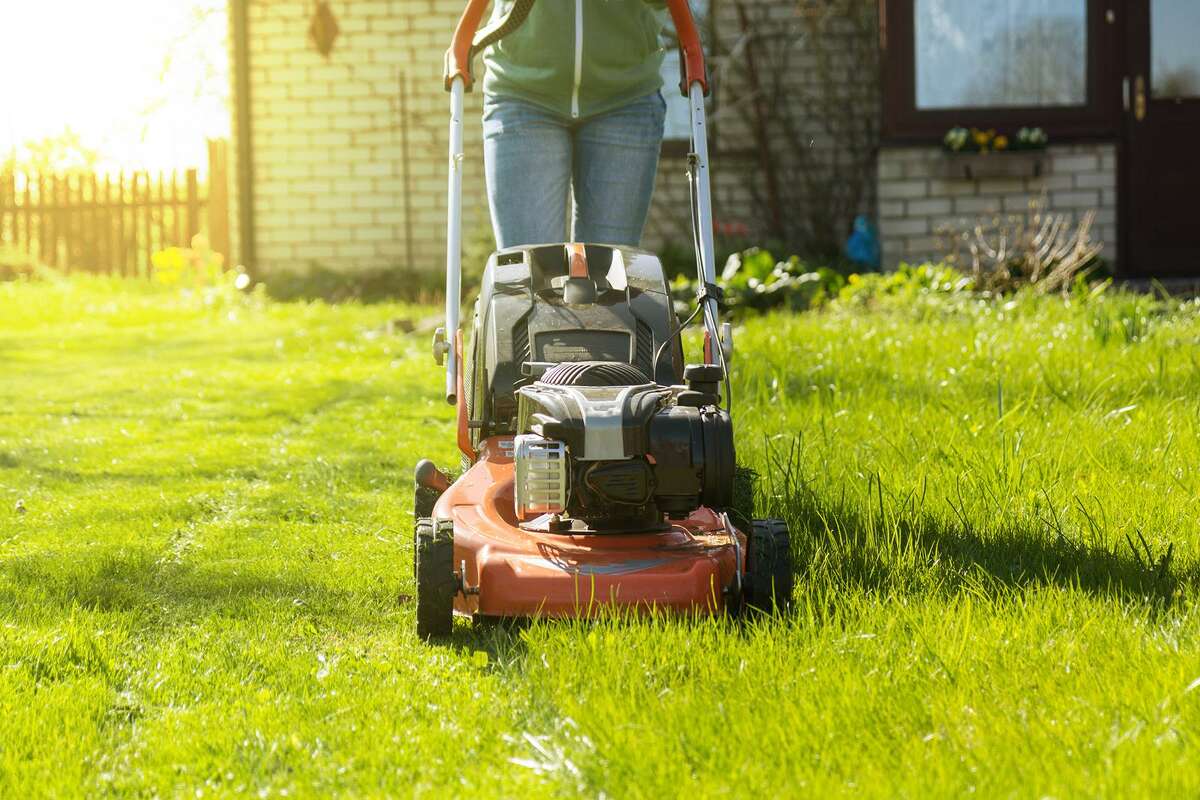
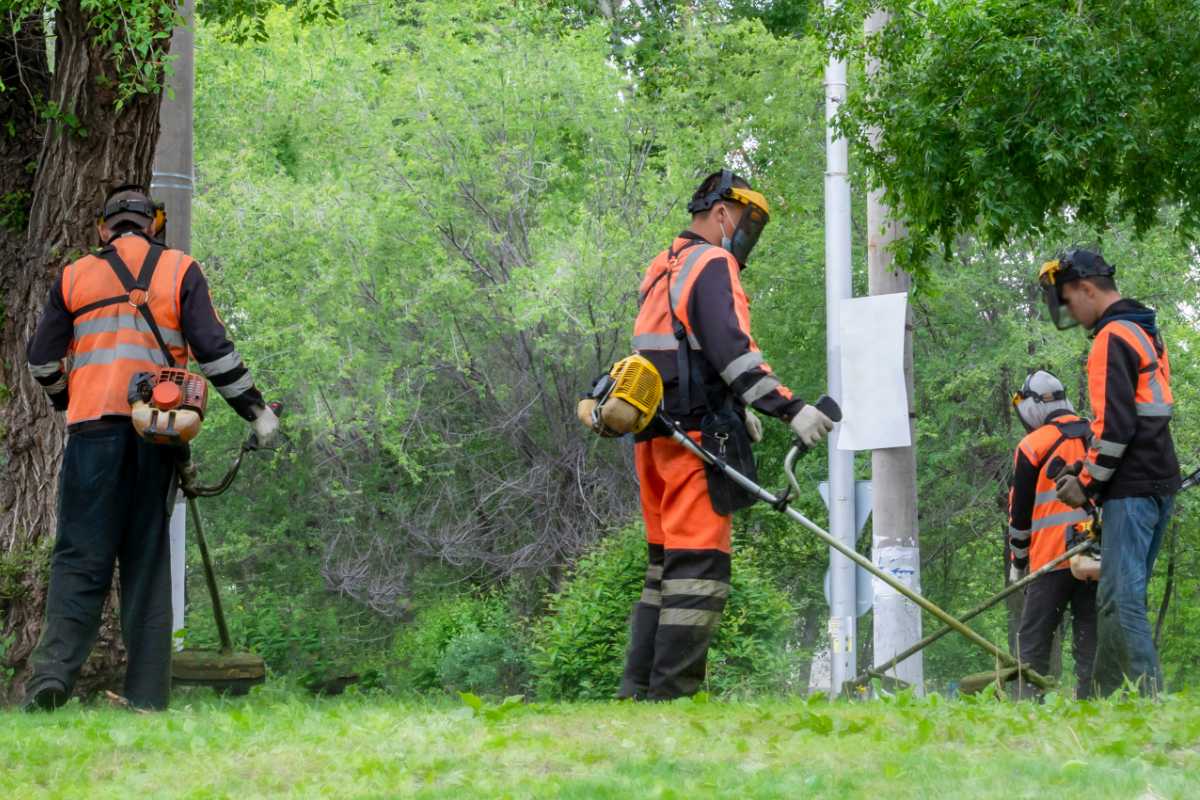
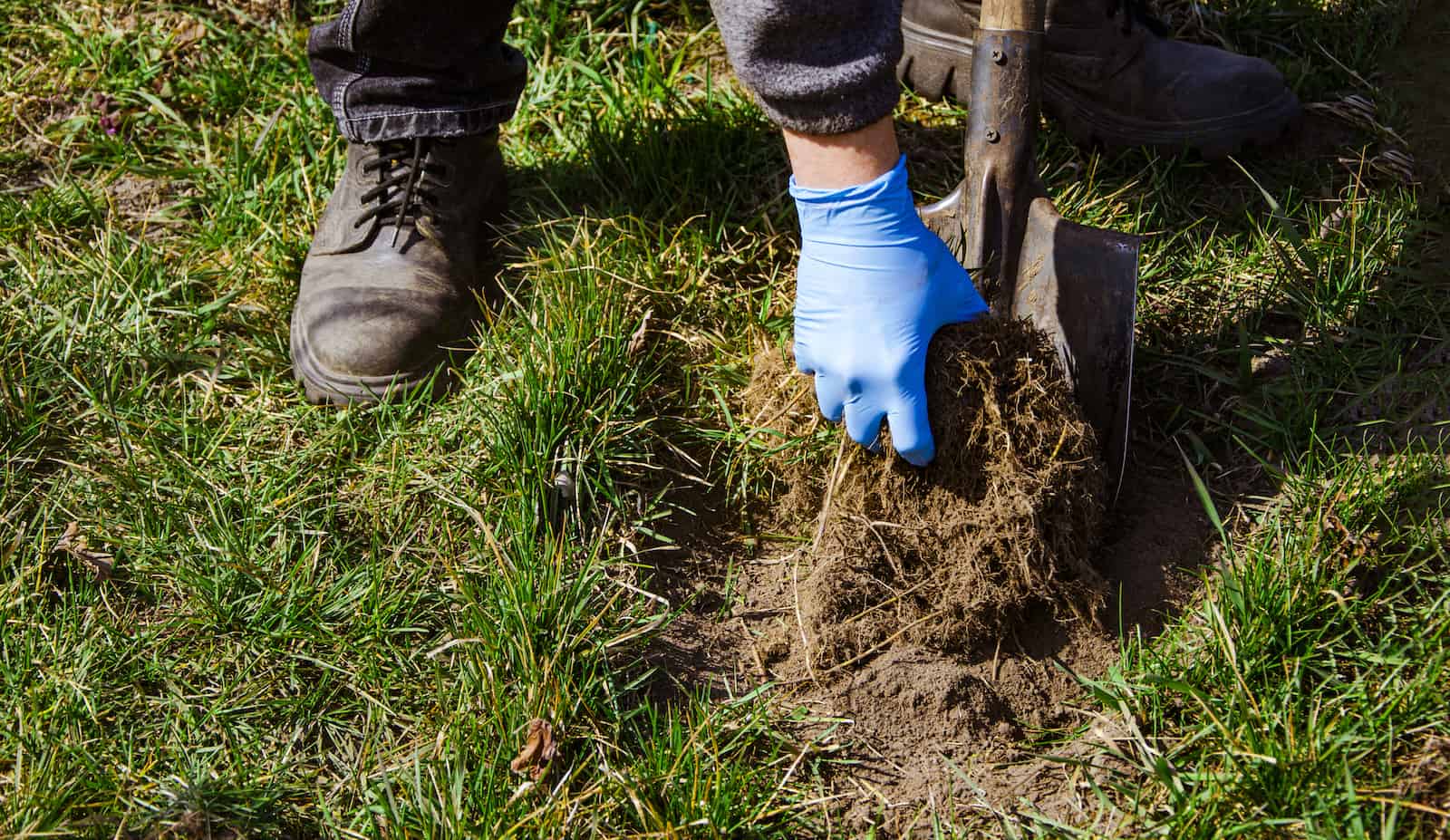
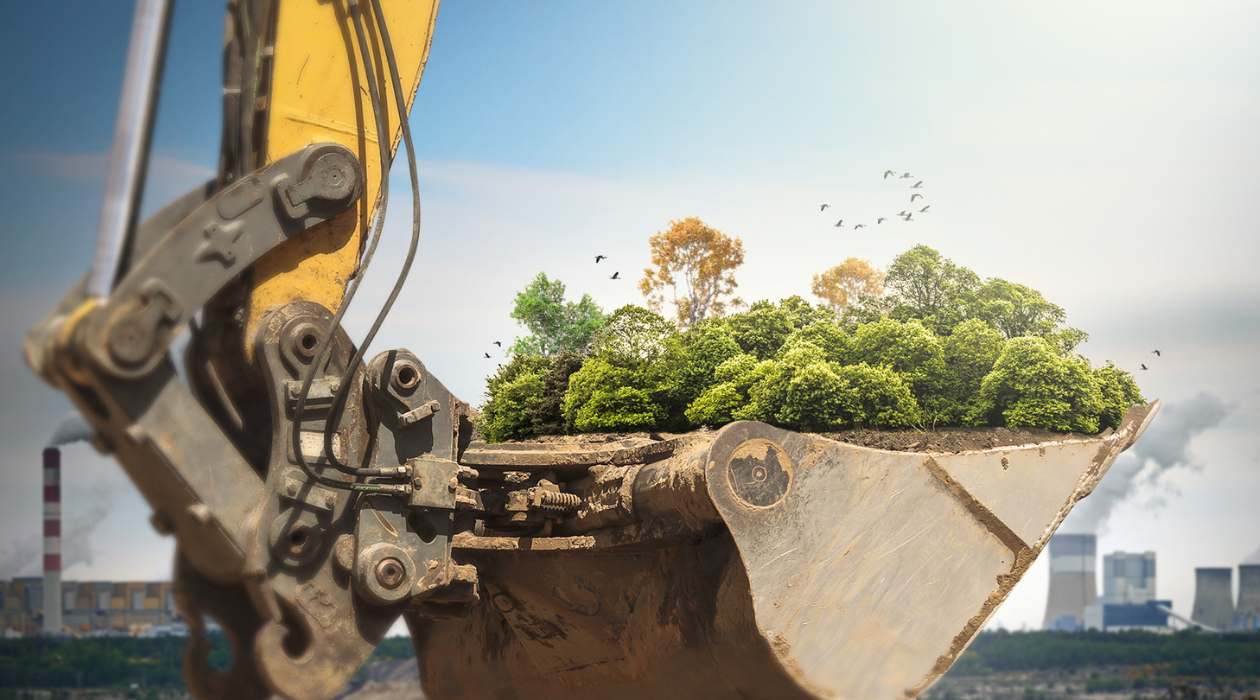





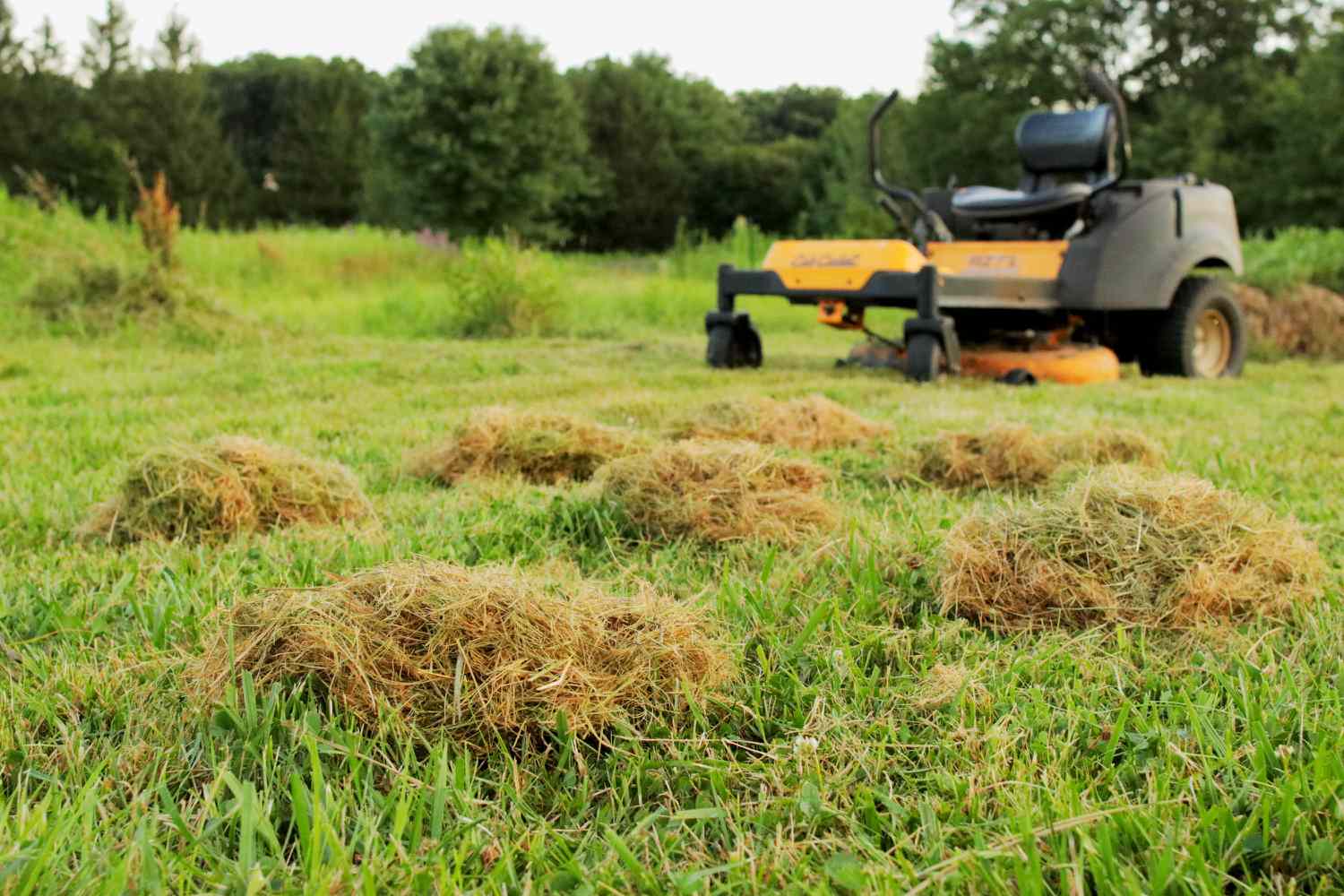

0 thoughts on “Why Grass Lawns Are Bad”